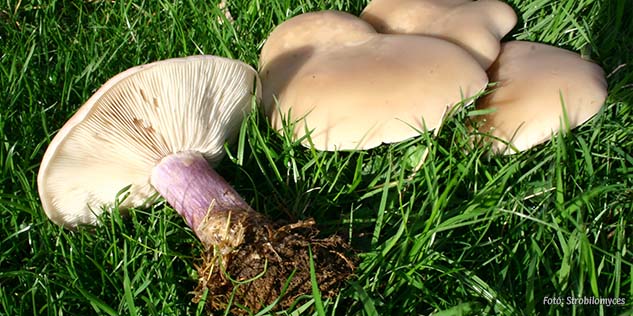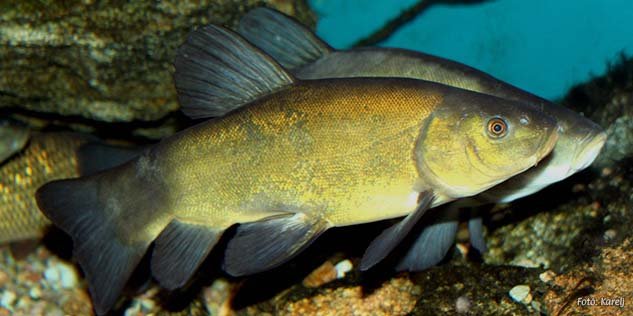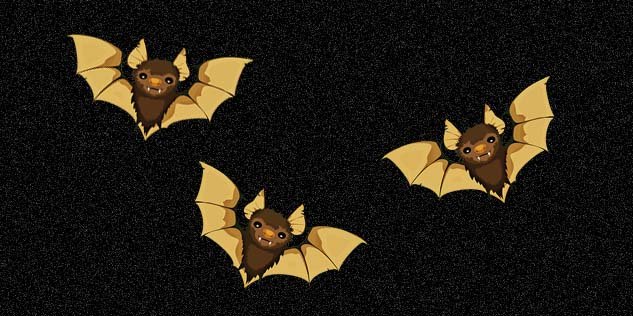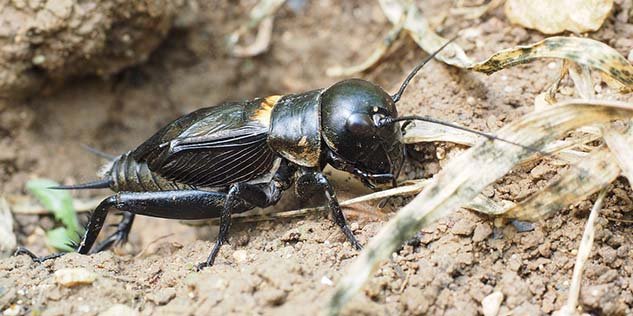
Clitocybe nuda (also recognised as Lepista nuda and Tricholoma nudum, and commonly known as the wood blewit or blue stalk mushroom), is an edible mushroom found in both coniferous and deciduous woodlands. It is a fairly distinctive mushroom that is widely eaten, though there is some caution about edibility.
This mushroom can range from lilac to purple-pink. The gills are attached to the short, stout stem. Mature specimens have a darker colour and flatter cap; younger ones are lighter with more convex caps. Wood blewits have a very distinctive odour, which has been likened by one author to that of frozen orange juice.
Wood blewits can be confused with certain purple webcap species which are poisonous. Webcaps often have the remains of a veil under their caps and a ring-like impression on their stem. Wood blewits can be easily distinguished by their odour, as well as by their spore print. Wood blewits have a light (white to pale pink) spore print; webcaps produce a rusty brown spore print after several hours on white paper. Their brown spores often dust their stems and objects beneath them.
It is a saprotrophic species, growing on decaying leaf litter. It appears from September through to December.
Wood blewits are generally regarded as a very edible, but they are known to cause allergic reactions in sensitive individuals. This is particularly likely if the mushroom is consumed raw, though allergic reactions are known even from cooked blewits. It is therefore important to cook wood blewits before eating, as consumption of raw specimens could lead to indigestion.
Blewits can be eaten in a cream sauce, sautéed in butter, or as a white pizza topping. They can also be cooked like tripe or as omelette filling, and also make good stewing mushrooms. They have a strong flavour, so they combine well with leeks or onions. Wood blewits can be preserved in olive oil or white vinegar after blanching. This River Cottage recipe for West Country Stroganoff with woof blewits is quite good.



